
Program-related investments are loans and equity investments that foundations provide at favorable rates to support activities that have a direct charitable purpose. Frequently referred to as PRIs, they expand the resources from foundations - and, in the right circumstances, can be even more effective than grants. Any foundation can make PRIs, yet most shy away from them. In this guide, experienced PRI makers walk through the process, offering practical advice at each step - from explaining the concept to your board to structuring and closing your first deal.
Underwriting for this guide was provided by the Ford Foundation and The John D. and Catherine T. MacArthur Foundation.

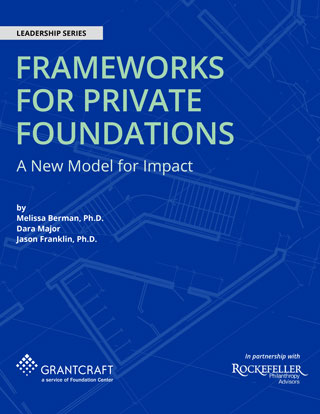
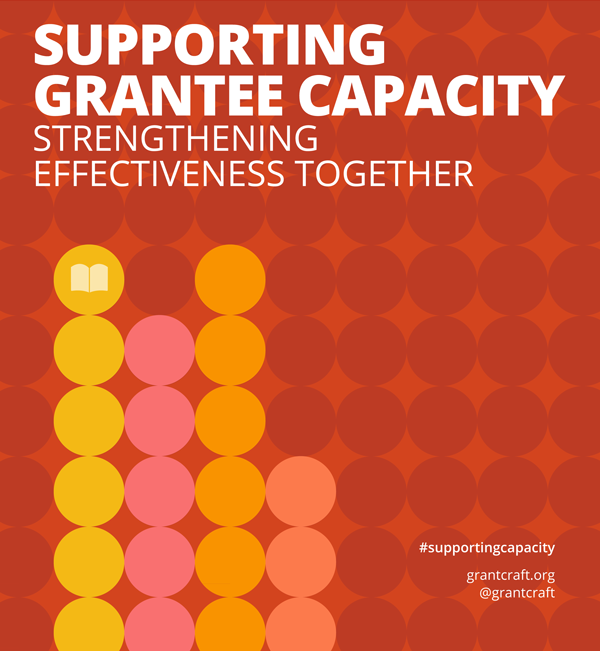

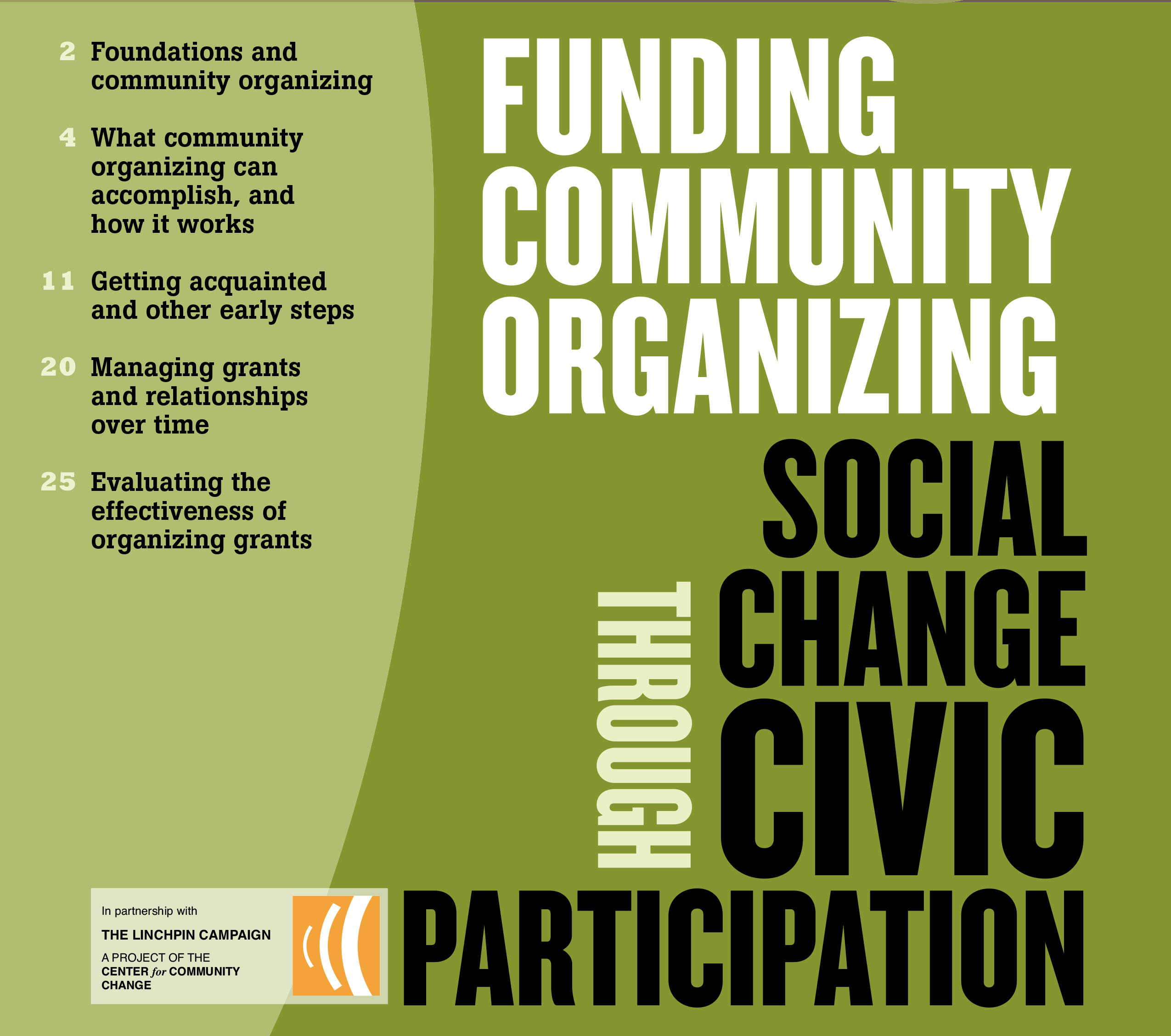
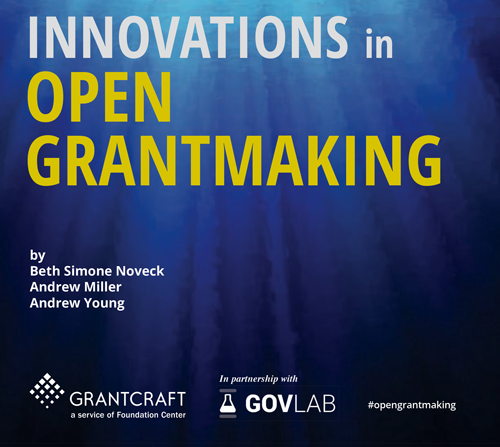
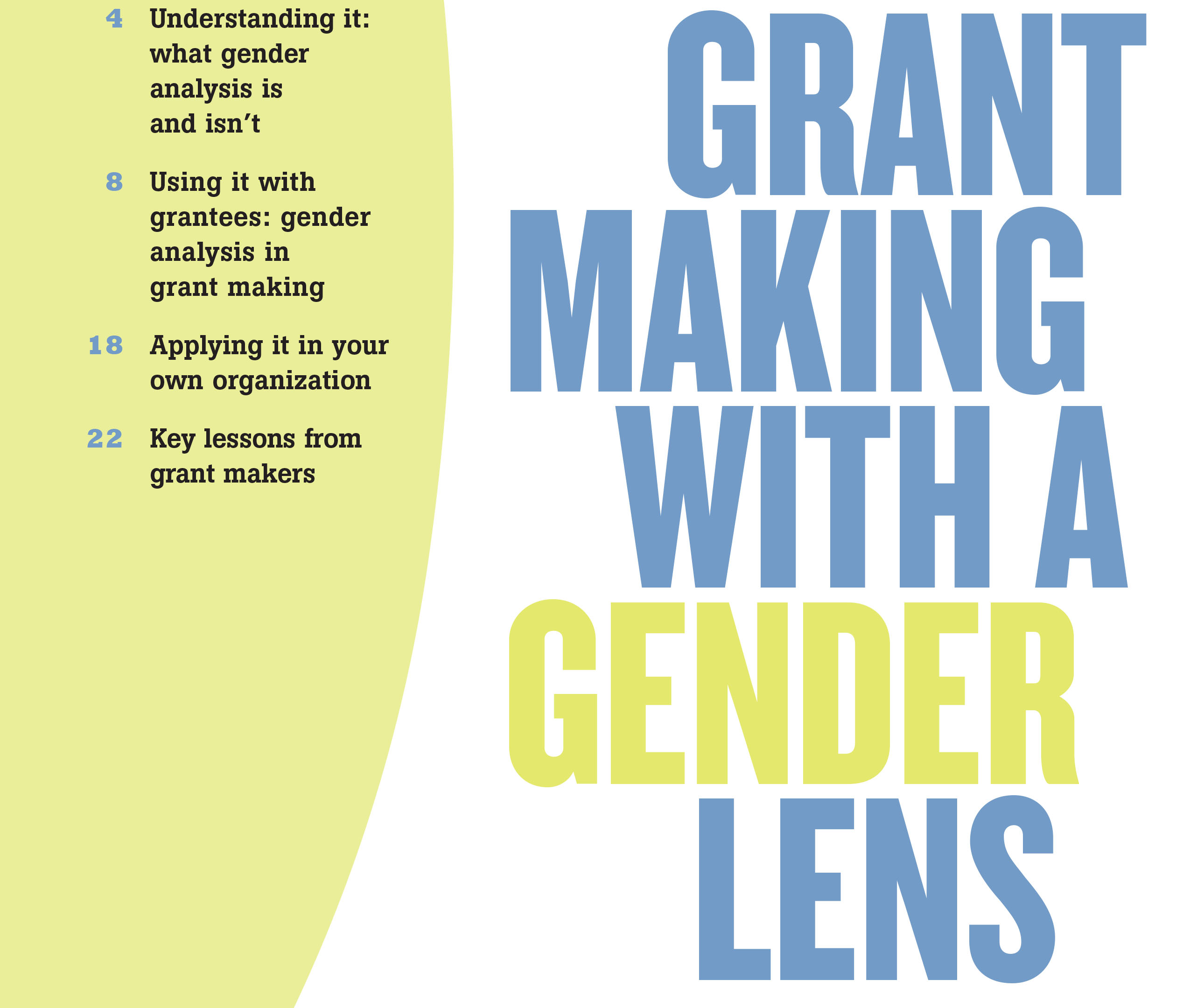
Resources for PRI Funders Brody Weiser Burns. Maintained by a consulting firm specializing in PRIs, this website offers useful case studies and publications on various aspects of PRI making. Matching Program Strategy and PRI Cost, for example, gives sound advice on assessing and managing program and financial risks. Read more
Deciding to Make PRIs: Getting the Board on Board Get the frame right — the trick, said one foundation president, is to introduce the idea without being didactic. Start off with some informal education by asking trustees whether or not they have heard of PRIs. Read more
Opportunities for Smaller Foundations A handful of large foundations have dominated the PRI field to date, yet small foundations may be poised to make major contributions. Read more
Deciding to Make PRIs: Skills and Staffing Required PRI making requires three sets of skills: programmatic, financial, and legal. Foundations structure those functions somewhat differently, depending on their size, strategy, and internal capacities. Read more
Deciding to Make PRIs: Introduction Yet, because PRIs are also financial investments, they require skills not necessarily demanded by straight grantmaking. Read more
PRIs: Legal Definition PRIs are the historical product of the Tax Reform Act of 1969, which, among other things, imposes fines on foundations if they make “jeopardizing investments” — that is, any investment (including any loan) that could imperil the foundation’s ability to carry out its charitable activities. Program-related investments are the exception to the rule. Under Section 4944, private foundations are allowed to make “program-related investments” that meet three criteria: Read more
Simply Put: What is a PRI? PRIs are investments made by foundations in support of charitable purposes, with the explicit understanding that those investments will earn below-market returns, adjusted for risk and mission. The vast majority of PRIs are loans or loan guarantees, and although they are not grants, they count toward a foundation’s payout requirement in the year a disbursement is made. Read more
Equity PRIs Loans are good, but equity is better. Read moreGetting Your Feet Wet Three Approaches The best way to learn to make PRIs is by doing it. As the executive director of one new PRI-making foundation put it, "It comes from experience, and the only way you can get experience is to make some investments." PRI makers seem to have gotten into the PRI pond in one of three ways: they jumped in, they waded in, or they were thrown in by circumstance. Read more